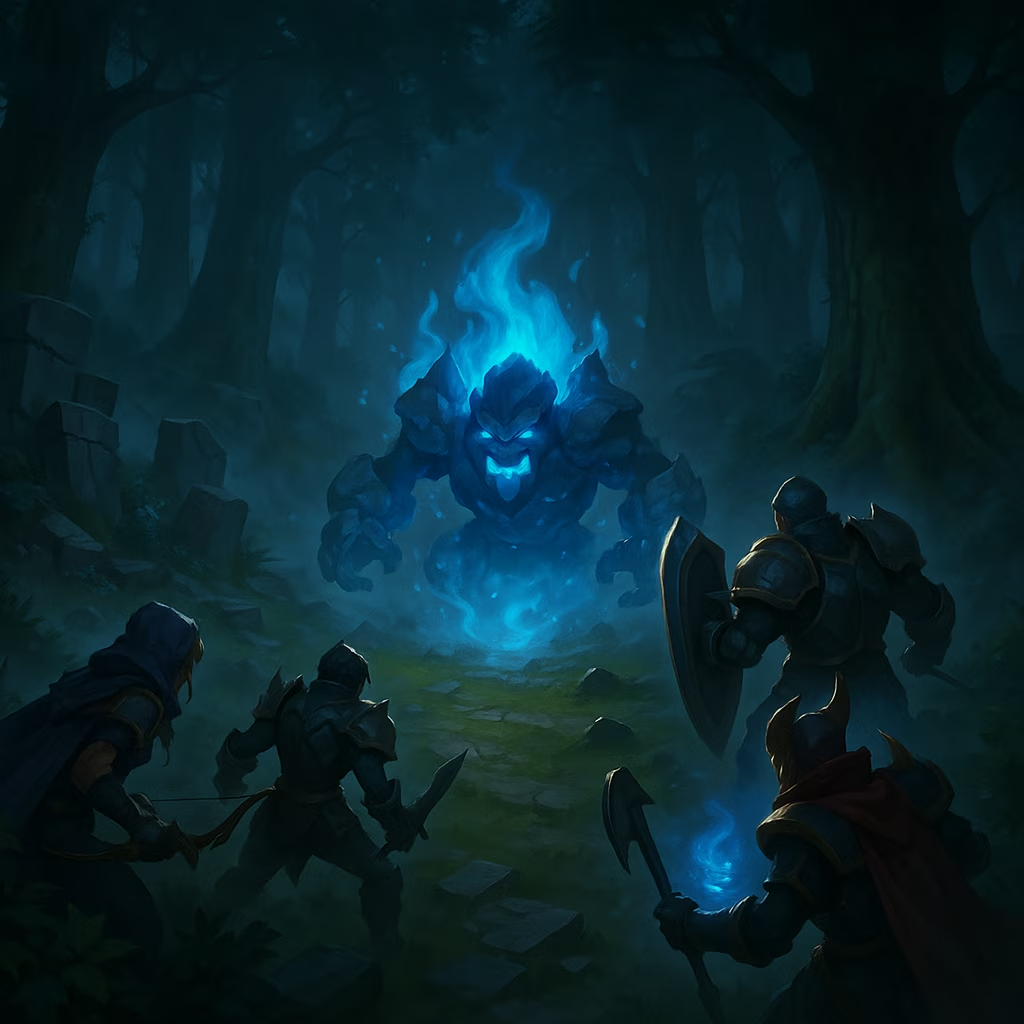Navigating the Complex Language of League of Legends Gameplay
Master League of Legends jargon—unlock strategies with ability haste, auto attacks, and resource management for ultimate victory and immersion.
Stepping into the vibrant yet overwhelming world of League of Legends feels like deciphering an alien dialect. Newcomers quickly realize that beyond flashy champions and intricate mechanics lies a labyrinth of specialized terminology—terms like "peeling," "facechecking," and "OOM" that veterans toss around casually. This linguistic barrier isn't just confusing; it fundamentally alters how players experience matches, interpret guides, and even engage with esports broadcasts. One can't help but admire the organic evolution of this jargon, born from years of community creativity and high-stakes competition. There's something thrilling about gradually unlocking these verbal secrets, though the initial frustration of hearing "just freeze the wave" without context remains a universal rite of passage. 
Core Mechanics That Shape Battles
At the heart of every skirmish lies Ability Haste—that elusive stat allowing champions to unleash spells more frequently, turning tense standoffs into symphonies of calculated chaos. Players cherish those moments when cooldowns align perfectly for devastating combos, though chasing maximum haste often feels like chasing ghosts. Nearby, Auto Attacks form the rhythmic backbone of engagements:
-
Melee fighters wade into thick of battle
-
Ranged marksmen dance at the edges
-
Hybrid champions blur these lines entirely
Defensive stats whisper promises of survival: Armor hardening skin against physical blows while Magic Resist muffles arcane assaults. Choosing between them sparks endless debates—do you fortify against the enemy Zed's blades or Lux's searing light?
Resource management separates novices from masters. Mana users ration their blue bar like precious fuel, while Energy champions (Lee Sin, Zed) operate on fleeting bursts. The dread of going OOM (Out of Mana) mid-fight is palpable—a helpless sensation akin to engine failure during a drag race.
Strategic Vocabulary of Victory
Junglers whisper about Pathing—the artful sequencing of monster camps that transforms wilderness into a strategic canvas. There's primal satisfaction in executing perfect routes, yet one misstep invites disaster. Similarly, Aggro mechanics dictate battlefield flow; drawing turret fire feels like walking a tightrope blindfolded.
Laning phase introduces psychological warfare through Wave Manipulation:
| Tactic | Purpose | Emotional Payoff |
|---|---|---|
| Freezing | Deny opponent resources | Sweet, torturous control |
| Pushing | Create map pressure | Explosive liberation |
| Slow Push | Build crushing momentum | Delayed gratification |
Carrying isn't just a role—it's a state of being Fed, where excess gold and levels transform champions into demigods. Conversely, Inting (intentionally feeding) poisons team morale like rotten fruit. The duality fascinates: same actions (dying repeatedly), opposite intentions.
High-Risk, High-Reward Plays
Ganking delivers adrenaline spikes—Junglers materializing from fog of war like phantom executioners. Yet nothing compares to the audacity of Backdooring, where players sneak toward Nexus destruction while chaos erupts elsewhere. Succeeding feels like pulling off a heist; failing earns teammates' wrath.
Iconic maneuvers like the InSec kick (kicking enemies toward your team) transcend mechanics into legend. Executing one generates fist-pumping euphoria, while botching it invites merciless mockery. Meanwhile, Facechecking bushes remains the ultimate test of courage—a gamble where every unwarded shadow might conceal doom.
The Poetry of Combat
Kiting transforms battles into deadly waltzes—attacking while retreating with balletic precision. Masters make it look effortless, though newcomers often stumble like drunkards. Equally nuanced is Peeling, the selfless art of protecting carries through crowd control. Supporting feels like playing bodyguard to celebrities—unglamorous but vital.
Ultimates (Ults) punctuate matches with cinematic grandeur. Holding that game-changing R ability induces nerve-shredding tension: unleash it too early and waste potential, too late and regret festers. The weight of such decisions lingers long after matches end.
Scaling champions embody patience as power—Nasus stacking Q damage minion by minion, Veigar harvesting spell power. Their journeys mirror personal growth narratives, contrasting sharply with early-game bullies who dominate then fade. Why do players gravitate toward these archetypes? Perhaps it's the human craving for transformation against impossible odds.
League's lexicon keeps expanding, each term a cultural artifact reflecting years of meta-shifts and community inside jokes. Newcomers might never grasp every nuance—and maybe that's okay. The beauty lies in the shared struggle to articulate this beautifully chaotic experience, one mysterious acronym at a time.
